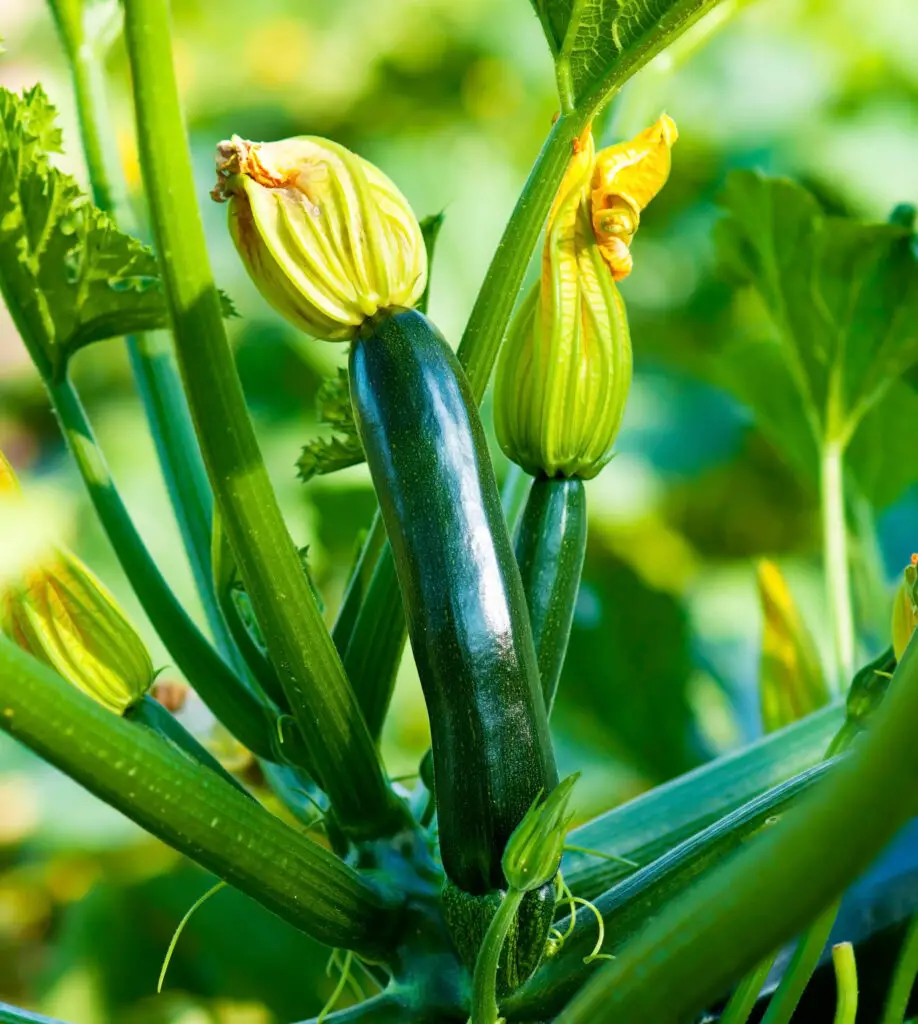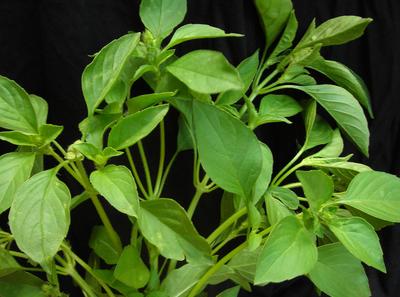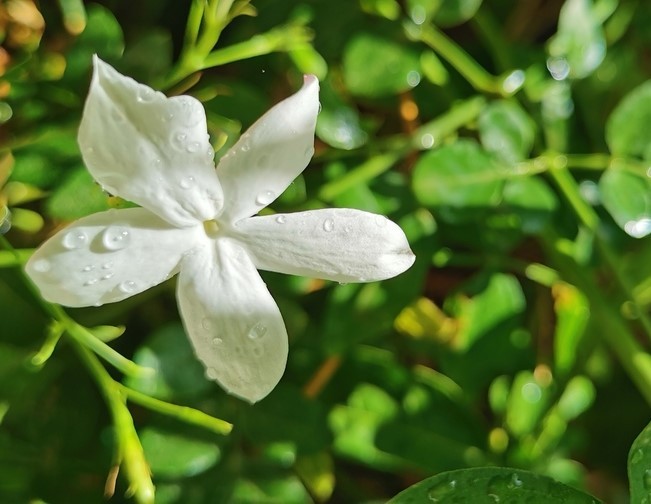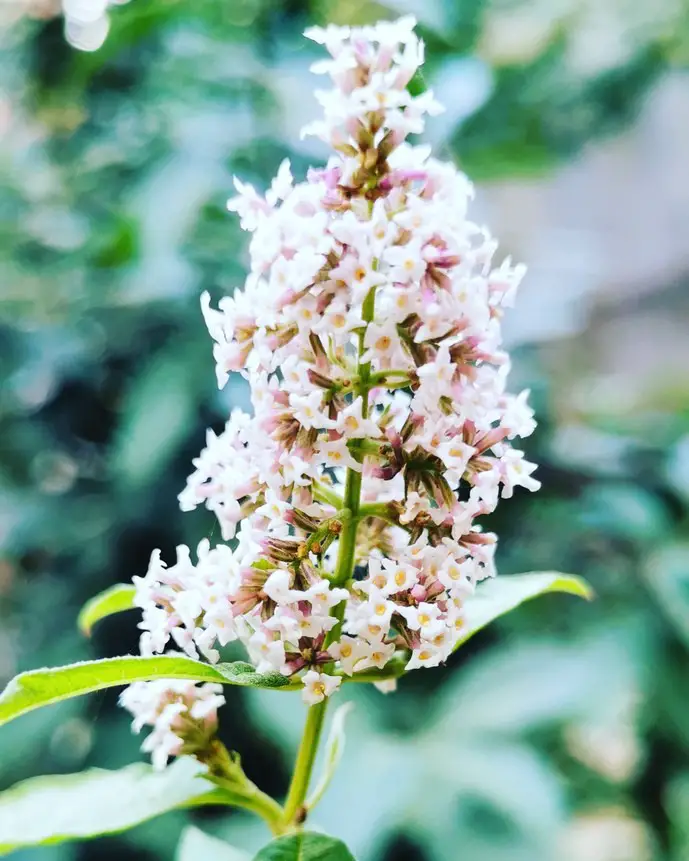Want to make your hibiscus flower bloom for a very long time? Well, it is possible when you put a little extra care into your gorgeous plant. Hibiscus flower’s blooming season is normally summer; from June to October. However, sometimes due to some factors, its buds fall.
In order to keep your hibiscus flower blooming continuously during the year, you need to follow the steps and technics I’ll be mentioning in this article.
Table of Content
- Choose the Right Pot
- Fertilize Properly
- Protect From Winter
- Prune Regularly
- Water Properly
- Provide Sufficient Light
1. Choose the Right Pot
Potted hibiscus is best used in plain clay pots or wooden pots. These two types of flower pots have good air permeability, which is convenient for hibiscus roots to breathe and absorb water and fertilizer.
Although the flowering period of hibiscus is long (meaning that it can continuously grow buds and the number of buds lays the foundation for a long flowering period), the flowering period of each flower is very short. During the hot and dry summer weather, flowers can open and last only a day.
However, in the case of cloudy and rainy days and when the temperature drops in late summer and early autumn, each flower can open and last for 2 to 3 days.
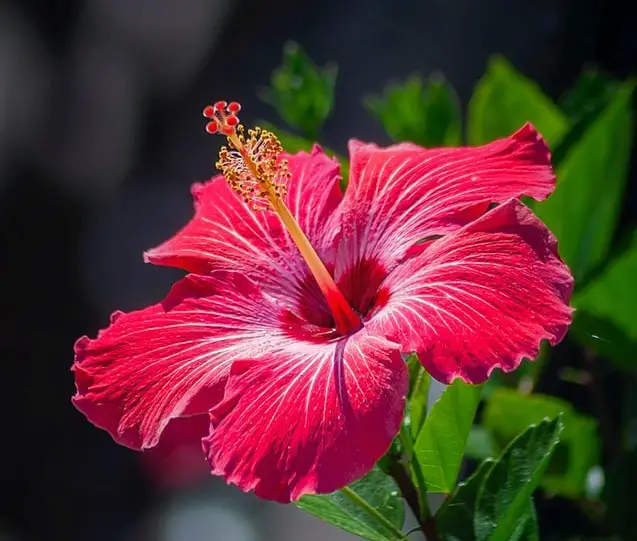
2. Fertilizer Properly
The best homemade fertilizers you can use for the hibiscus plant are alum water as it is good for absorption and has a quick effect. Chicken and fish washing water is also good for growing a healthy hibiscus plant. Also, rice water works great as a homemade fertilizer.
Chicken and fish washing water: when you wash your chicken or fish, save that water and use it as a fertilizer! But you have to use it on the same day otherwise the water will go bad.
Another good homemade fertilizer is a black alum. An appropriate amount of black alum (ferrous sulfate) can be made into fertilizer. All you got to do is put black alum in a container filled with water. Then, screw the cover tightly and compost it for 2 months in summer and 3 months in autumn.
When using it, be sure to not add too much water to dilute it in order to prevent root damage. If you are bothered by the strong smell of the alum water, you can put an appropriate amount of vinegar or orange peel into the bucket to reduce the smell.
Or, if you’re not a fan of homemade fertilizers, you can directly go to the flower market and buy a bag of acid flower fertilizer. Put it into the flowerpot and spread it 1 inch deep into the soil and then water it with water to eliminate the odor.
3. Protect from Winter
The most common reason why hibiscus flowers do not last long is that they freeze to their deaths in winter. Hibiscus, originally, is a tropical flower. It likes sunshine and is not resistant to low temperatures.
What you can do to protect a hibiscus plant when the temperature drops to 42°F (6°C), you need to move it indoors to prevent frostbite. If your home is still a bit cool inside, try to use a plastic bag to cover the hibiscus and poke a few holes in it to allow your lovely plant to breathe.
However, be careful to keep the potting soil slightly moist, because some people think that plants that hibernate during winter, such as hibiscus, do not need to be watered.
Well, that is incorrect! Plants still need to be moist. But that does not mean you should water it as you normally do in other seasons. A cup of tea filled with water is enough for two-three weeks.
Related article: Why Are Hibiscus Flower Buds Dropping- Reasons & Treatment
4. Prune Regularly
Naturally, after the spring, the temperature gradually rises and the hibiscus begins to sprout. This is, of course, true only if you live in a non-tropical region. To keep the hibiscus blooming for a very long time, you must pay attention to pruning the branches.
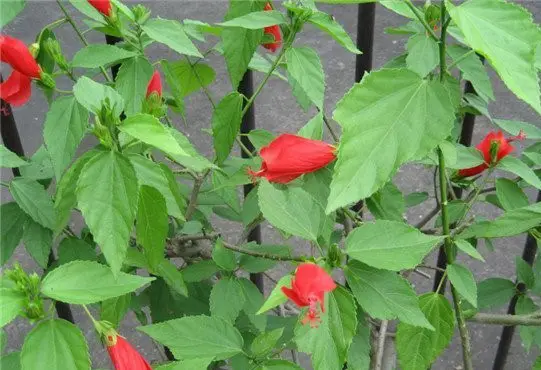
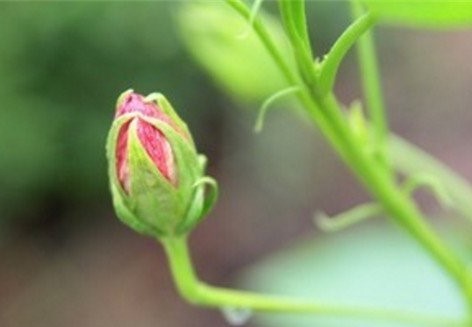
The best way to prune your hibiscus plant is to make a cut of about 4 inches (10 cm) from the main branch of the hibiscus and keep 3 to 5 main stems for each main branch.
Secondly, you need to remove some buds. Generally, buds germinate in spring and can develop into a flowering branch. For that reason, they need to be removed. Otherwise, these early buds can cause the branches disordered, elonged, and slender.
Another purpose of removing buds is to get rid of sick and weak buds and to allow stronger buds to grow.
5. Water Properly
The budding of hibiscus requires a lot of water, fertilizer, and sufficient sunlight. These elements are mandatory! especially in the peak flowering period in summer.
You should water your precious plant once or twice a day depending on the temperature and the dryness of the potting soil. Too much water will cause water shortage and lead to root rot.
At noon, water can be sprayed on the leaves and around the flowerpot to cool down and maintain air humidity for growth. Do not spray water on the flowers, because the hot summer sun can cause damage to the flowers and affect their esthetic.
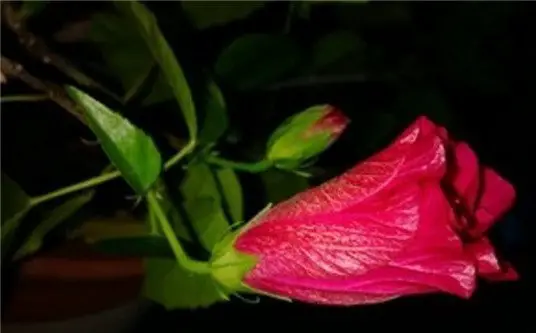
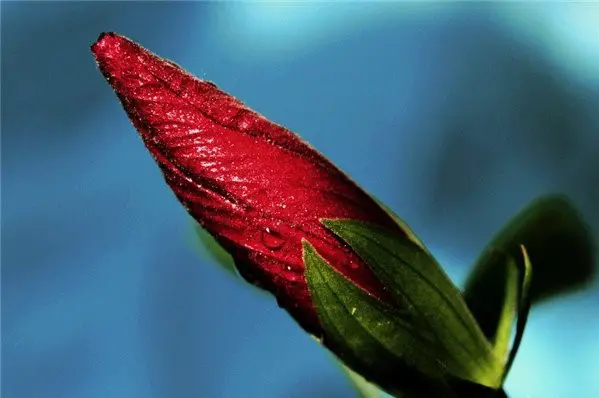
6. Provide Sufficient Light
Like many other plants, sufficient light is necessary for a healthy and glamorous growth of the hibiscus flower.
As I mentioned earlier, during winter make sure to place your plant indoors in a warm bright place. I would recommend placing it near a window where winter sunlight can reach.
During summer, make sure to not expose it to the burning hot sun all day. A few hours (4-5 hours) is enough. Too much direct sunlight will burn your plant and might eventually kill it.
If you found this information helpful, please join our weekly newsletter and follow our social platform for more garden tips:

